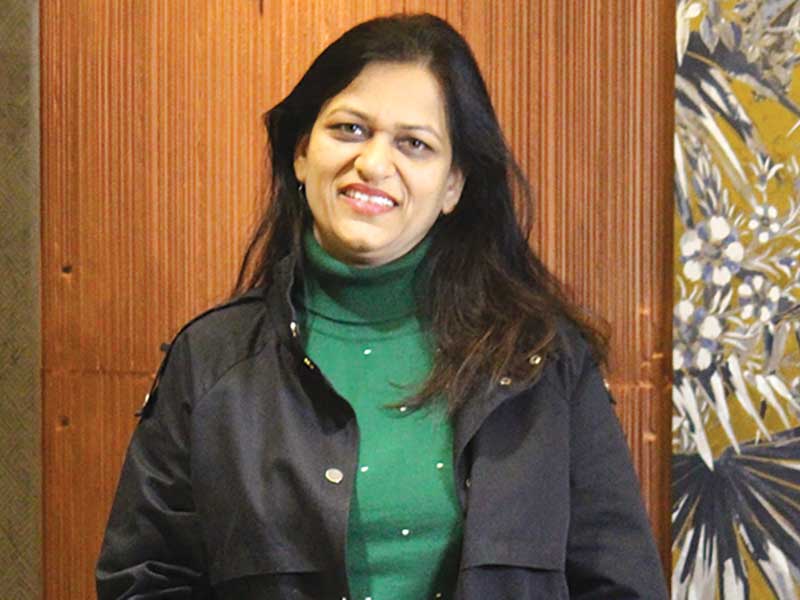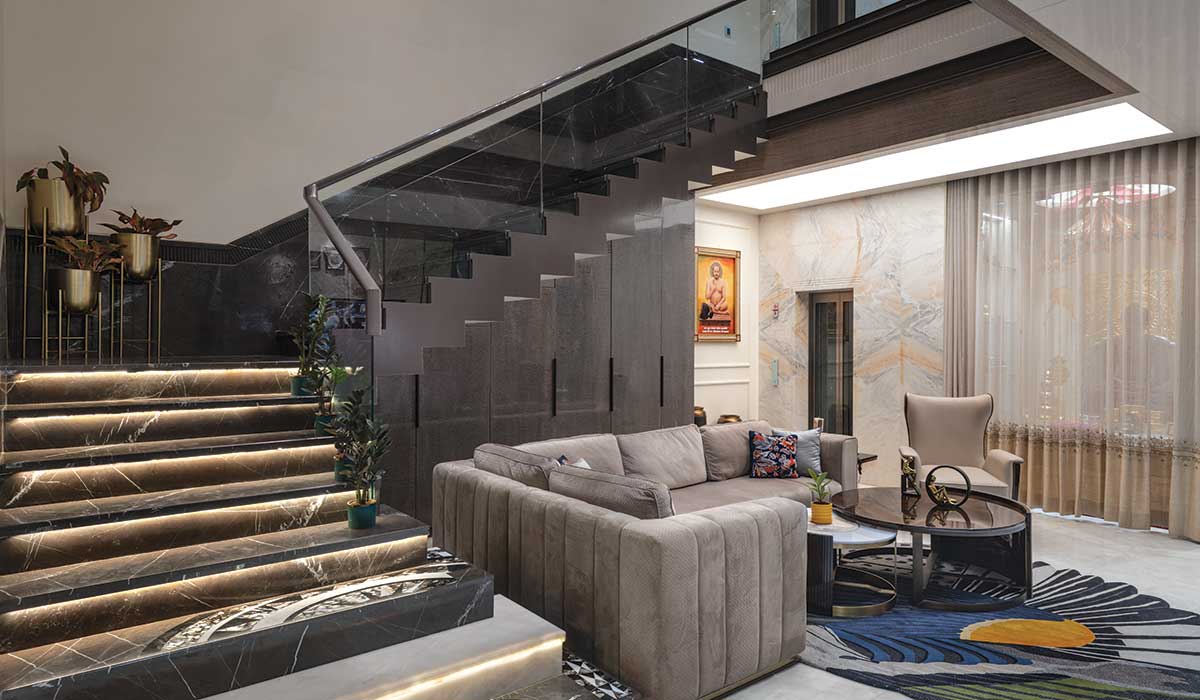
As the country modernizes, architects are finding ways to blend their rich heritage with contemporary trends and sustainability. This means moving beyond traditional designs and incorporating innovative elements. The goal is to create beautiful, functional spaces that meet the needs of a rapidly evolving society.
The changing demographics and lifestyles of populations are influencing architectural trends. The growing elderly population necessitates designing spaces that are accessible and cater to their needs. Co-working spaces and flexible working environments reflect the changing nature of work. Architects are also incorporating biophilic design principles to improve occupant well-being.
Technology has revolutionized architecture from the materials we use (glass, steel, concrete) to how we design and experience spaces. Tools like virtual reality allow architects to create immersive experiences, while prefabrication allows for faster, more efficient construction. Architects are pushing boundaries, experimenting with unconventional materials, crafting energy-efficient designs, and prioritizing sustainable practices with energy-efficient design, water conservation, and use of recycled materials.

They are finding ingenious ways to adapt time-tested design principles to modern contexts. India’s rich architectural heritage serves as a valuable resource. Elements like courtyards and jalis (perforated screens) are being reimagined for contemporary buildings. The interface between building materials, technology, engineering, and architecture is playing a crucial role in this transformation. Science has delivered high-performance materials that are not only stronger and more durable but also sustainable. These materials often make construction faster due to their ease of use.
Technologies like BIM, 3D printing, and CAD are enabling better collaboration between architects and engineers. This leads to better-designed structures with fewer errors. Additionally, these advancements open the door for prefabrication and modular construction, significantly accelerating construction timelines while maintaining quality. Data analytics and automation are providing better cost estimation, resource allocation, and problem prediction. This minimizes delays and cost overruns, leading to more efficient construction processes.
Looking ahead, Indian architecture promises an exciting future driven by three key principles: Sustainable architecture which might involve using recycled materials, and creating energy-efficient structures; technology like BIM for managing smart buildings with AI to streamline processes, ensure quality control, and revolutionize how we build and interact with our spaces; and responsive design to create flexible and adaptable spaces as well as use of resilient building materials.
As urban populations continue to grow, architects will be challenged to design more compact, efficient, and sustainable urban environments and buildings that reflect the cultural diversity and inclusivity of society.















